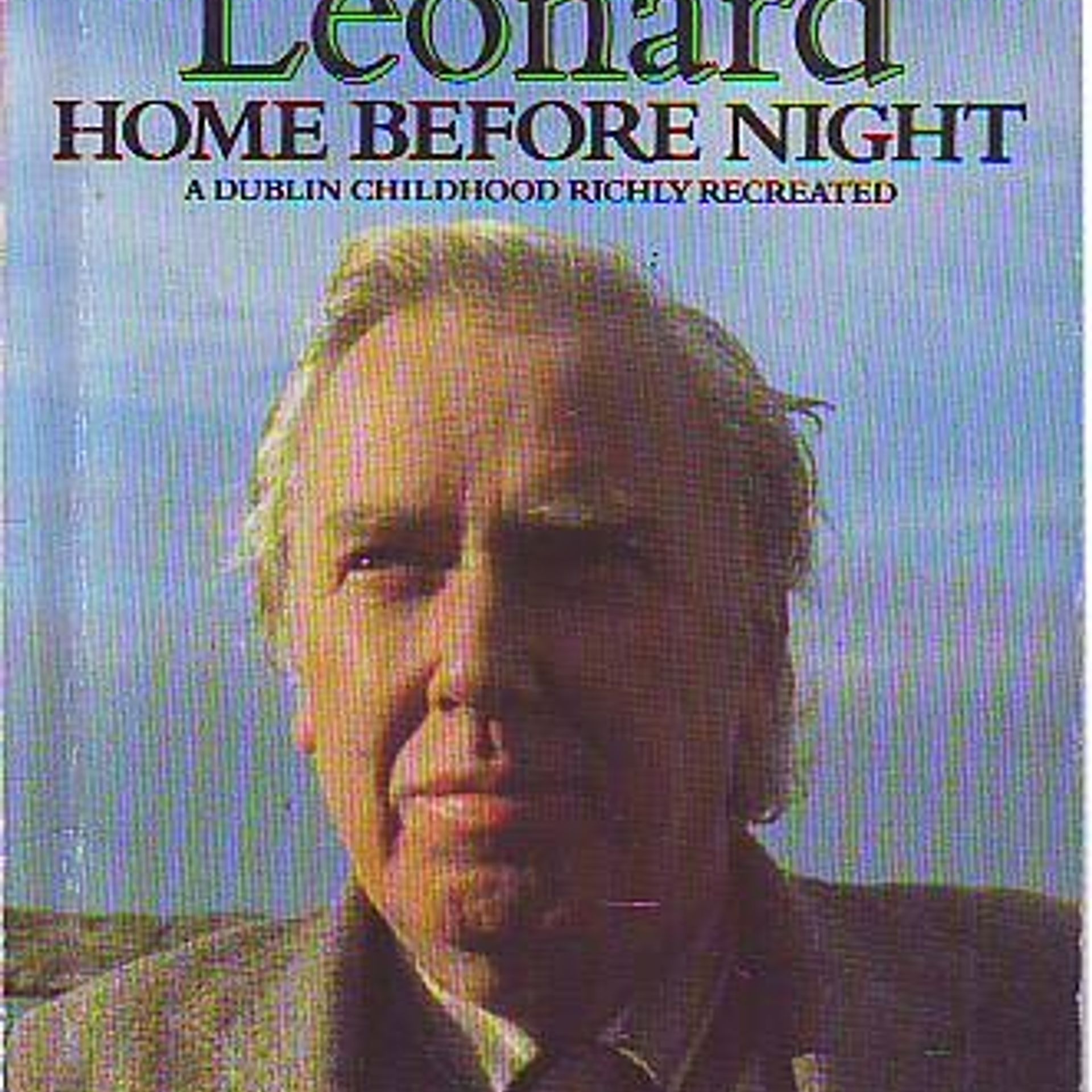The memoirs of Ireland's acclaimed author and playwright, Hugh Leonard.
Hugh Leonard Libros
9 de noviembre de 1926 – 12 de febrero de 2009


Sechs Katzen, verschieden in Rasse, Charakter und Lebensweise, bereichern durch ihr Wesen sowie als Auslöser turbulenter Ereignisse das Leben des irischen Autors und seiner Familie.